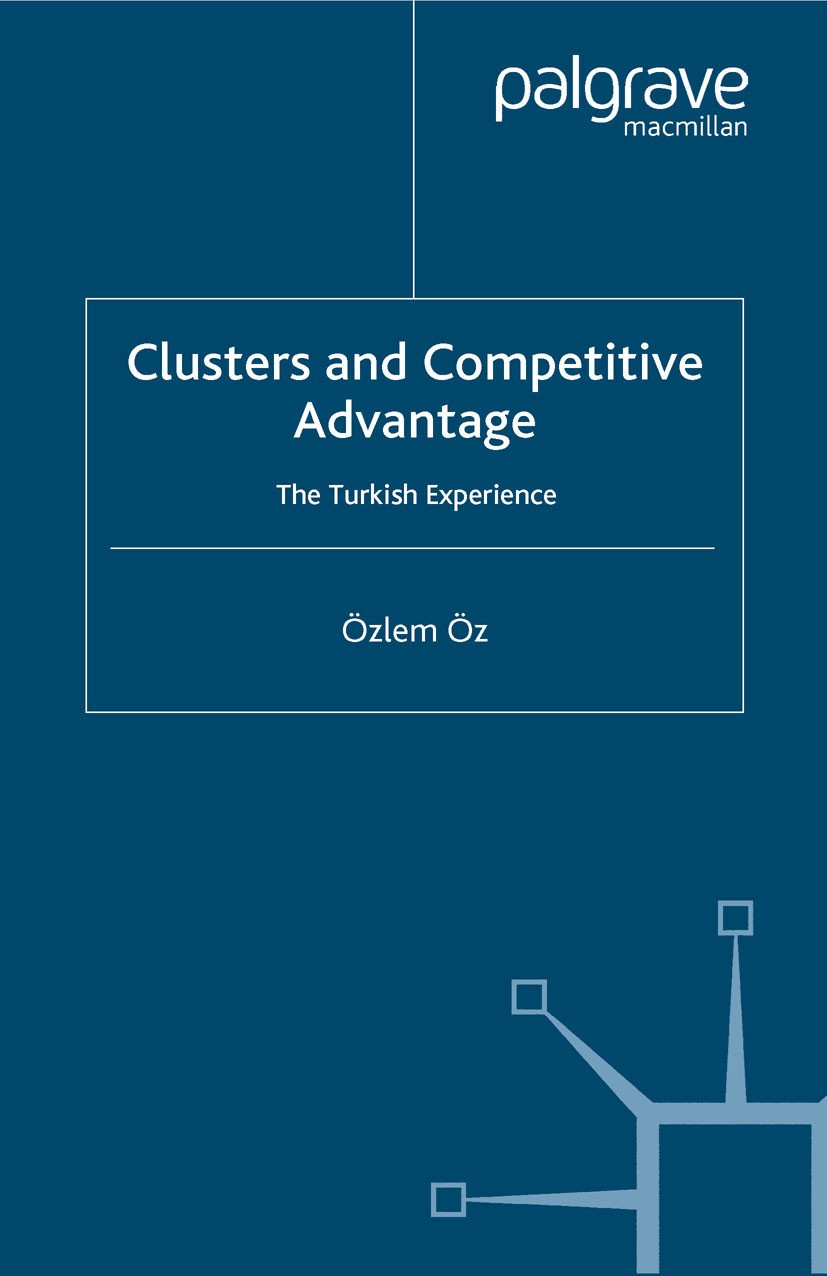| 书目名称 | Clusters and Competitive Advantage | | 副标题 | The Turkish Experien | | 编辑 | Özlem Öz | | 视频video | http://file.papertrans.cn/229/228557/228557.mp4 | | 图书封面 |  | | 描述 | This book aims to clarify the link between geographic clustering and international competitiveness in light of the Turkish experience, a subject that is high on the agendas of researchers as well as policy makers and strategic planners. The key findings of the study are discussed with respect to the recent debates on clusters to provide a full account of what the Turkish experience, when looked from the viewpoint of the strategic management discipline, offers to further intellectual thinking on clusters. | | 出版日期 | Book 2004 | | 关键词 | cluster; clusters; competitiveness; management; research; strategic management | | 版次 | 1 | | doi | https://doi.org/10.1057/9780230512467 | | isbn_softcover | 978-1-349-51842-5 | | isbn_ebook | 978-0-230-51246-7 | | copyright | Palgrave Macmillan, a division of Macmillan Publishers Limited 2004 |
The information of publication is updating

|
|
 |Archiver|手机版|小黑屋|
派博传思国际
( 京公网安备110108008328)
GMT+8, 2025-11-12 20:29
|Archiver|手机版|小黑屋|
派博传思国际
( 京公网安备110108008328)
GMT+8, 2025-11-12 20:29


